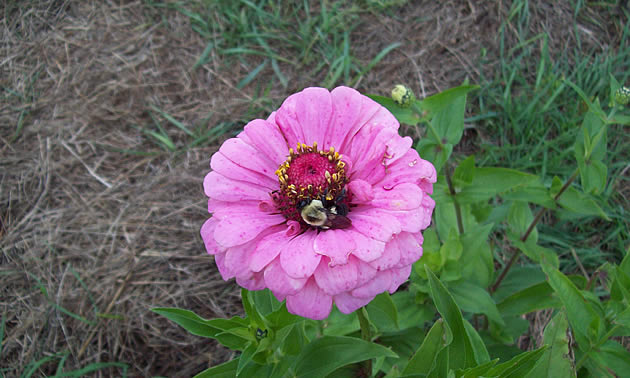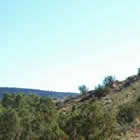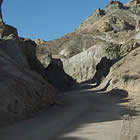I Spy
A variation on a fun game, with an educational bonus

OK, so now school is out and your grands have time to spend with their grandparents. The RV is great for sleeping and eating but too small for spending all day in. Here is a way to keep them occupied, enjoy the outdoors and get to know each other better.
Remember playing I Spy as a kid or later as a parent? Here is a variation of that game that you can use with your grandchildren. This will help them learn to really observe, focus, and help you all to use your “little gray cells.” Use all five of your senses to know and understand what you are seeing. In this way you will discover that it is all connected.
Take a walk and notice the indirect clues of animal presence. Scratches on bark, tracks, holes drilled in trees, seeds that have been transported from the mature plants by animals or the wind. Closer observation might indicate holes chewed in the leaves or twigs snapped off by a passing animal. Perhaps eggs attached to the underside of a leaf itself.
Be inquisitive
Once you have found something of interest, investigate as to why the object is where it is and what might have transported it there. Was it for food or passage? How much of the surrounding area is affected? Suppose it is an ant. What is it doing? Where is it going; home or towards a food source? Are others following it or is it following others? If there are other ants around, how do they affect your ant? Are they helping it or ignoring it? What kind of ants might they be?
On the other hand, if it is something that does not move on the ground, does it move at all? Do trees or grasses move? Do they dance? Do they grow? What makes them move? What does the object smell like (flowers, trees, earth)? Do things live in, on or around it? Can you tell what season it is by looking at your object (such as a wildflower)? Does
it make a sound? If it is a tree, does it creak? Groan? Rustle?
Why? Where is it growing? Is it sunny or shady? Hilly or in a meadow? Swampy, wet, or dry? If you are sure it is not poison ivy, sumac or oak feel it. Is it hard, soft, damp, wet or prickly?
Now that your grandchild has all this information, have the child write a short piece on what it looks like and why it caught the child’s eye. Not into writing? OK, draw it. Not an artist? Well, talk about it; see if each of you saw the same thing. If not, what did you see differently?
There you go, a good time together and a dip into each other’s way of seeing the same thing. Keep the information and give it to your grandchild as a remembrance of your special time together.








